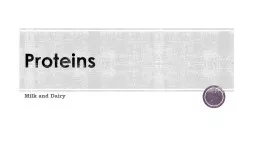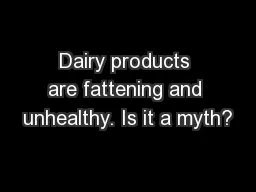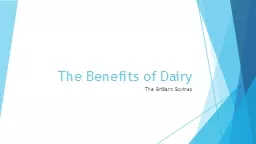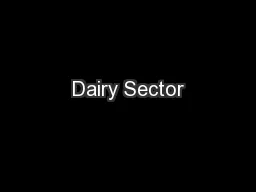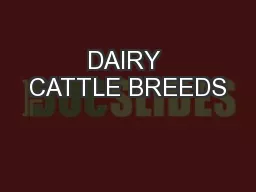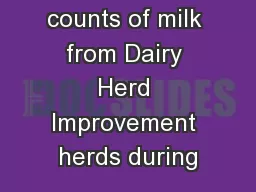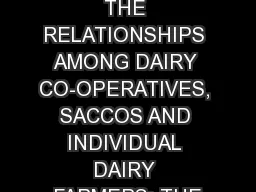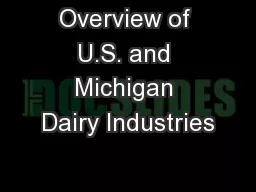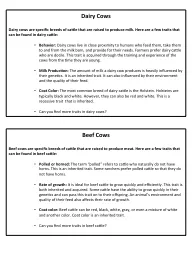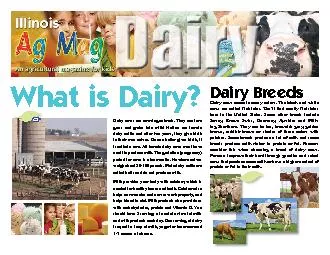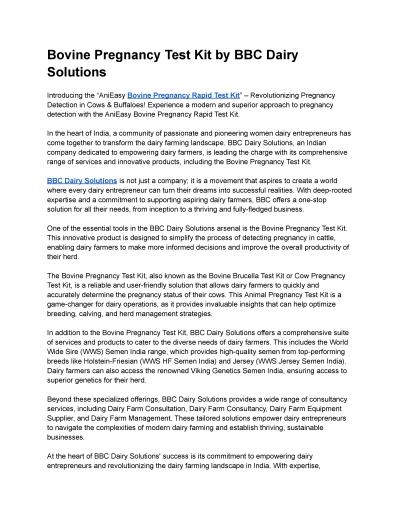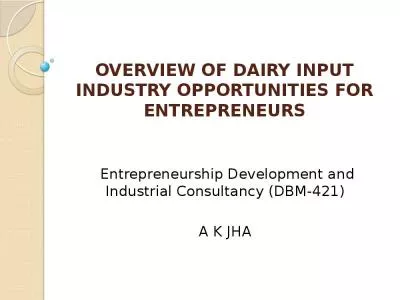PPT-Proteins Milk and Dairy Proteins
Author : experimentgoogle | Published Date : 2020-06-23
Most abundant molecule in cells making up 50 or more of their dry weight Every protein has a unique structure or shape Allows it to perform a specific function Enzymes
Presentation Embed Code
Download Presentation
Download Presentation The PPT/PDF document "Proteins Milk and Dairy Proteins" is the property of its rightful owner. Permission is granted to download and print the materials on this website for personal, non-commercial use only, and to display it on your personal computer provided you do not modify the materials and that you retain all copyright notices contained in the materials. By downloading content from our website, you accept the terms of this agreement.
Proteins Milk and Dairy Proteins: Transcript
Download Rules Of Document
"Proteins Milk and Dairy Proteins"The content belongs to its owner. You may download and print it for personal use, without modification, and keep all copyright notices. By downloading, you agree to these terms.
Related Documents

